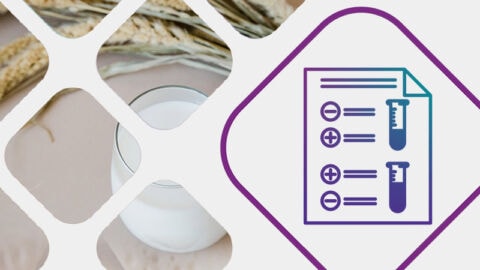During the course of the Webinar, individuals were able to ask questions of the speaker. Because of time constraints, not all the questions were able to be answered in real time. We are happily able to answer those questions below:
Q: What got you interested in dysautonomia since few doctors are aware of it?
A: Through understanding of the organic acids test, then researching thiamine and mitochondrial issues, etc. and seeing the link to many neurological and other disorders.
Q: Do infections lead to dysautonomia because of direct nerve damage or is there a different mechanism?
A: There are likely many mechanisms involved with nerve damage from infections such as inflammation, oxidative stress, mitochondrial disruption, etc.
Q: Would POTS fall under this syndrome?
A: Yes. POTS is a type of dysautonomia.
Q: Does the OAT markers of Clostridia correlate with Clostridia in stool tests?
A: The OAT markers are more sensitive to the existence of pathogenic clostridia compared to stool testing.
Q: I am working with fraternal twins and one needed a DBH test warranted from OAT. Can those results be used on both twins?
A: According to information from the DBH activity test, reference ranges have not been established for individuals less than 13 years of age. If these twins are older than 13 years of age, they each should have their own tests done.
Q: How closely do you need to monitor patients who you prescribe Droxidopa for? How young of a patient have you personally used this for? I see a tremendous amount of POTS in my practice and I’m wondering who I’m missing this enzyme deficiency on.
A: Unfortunately, Droxidopa is hard to access because of cost. For most people it is absolutely something that needs to be covered by insurance. I have not personally used with children. Dopamine-Beta Hydroxylase (DBH) Activity Test reference ranges are not established for individuals less than 13 years of age. Monitoring a patient every one to two weeks (depending on their condition severity) in the beginning as levels are titrated works well. The range of dosing recommendations is from 100mg TID upwards to a maximum dose of 600mg TID. The need to go up is based on blood pressure and heart rate monitoring, along with clinical improvement (or lack thereof). The website at Northera has some good information HERE.
Q: I am working with a 45-year-old female Wernicke’s Encephalopathy patient. How do I know what amount of Thiamine she needs ongoing now that she is out of the hospital? She is still deficient not getting B1 IV’s anymore. Does she warrant a DBH test as well?
A: I would suggest performing the Organic Acids Test on her to assess for metabolic imbalances. If her dopamine (HVA) is high than DBH activity testing should be considered. With regards to Thiamine, you would need to check blood levels and correlate with her clinical response to amount being given. In somebody with this condition and comprehensive health program that includes Thiamine will be important.




